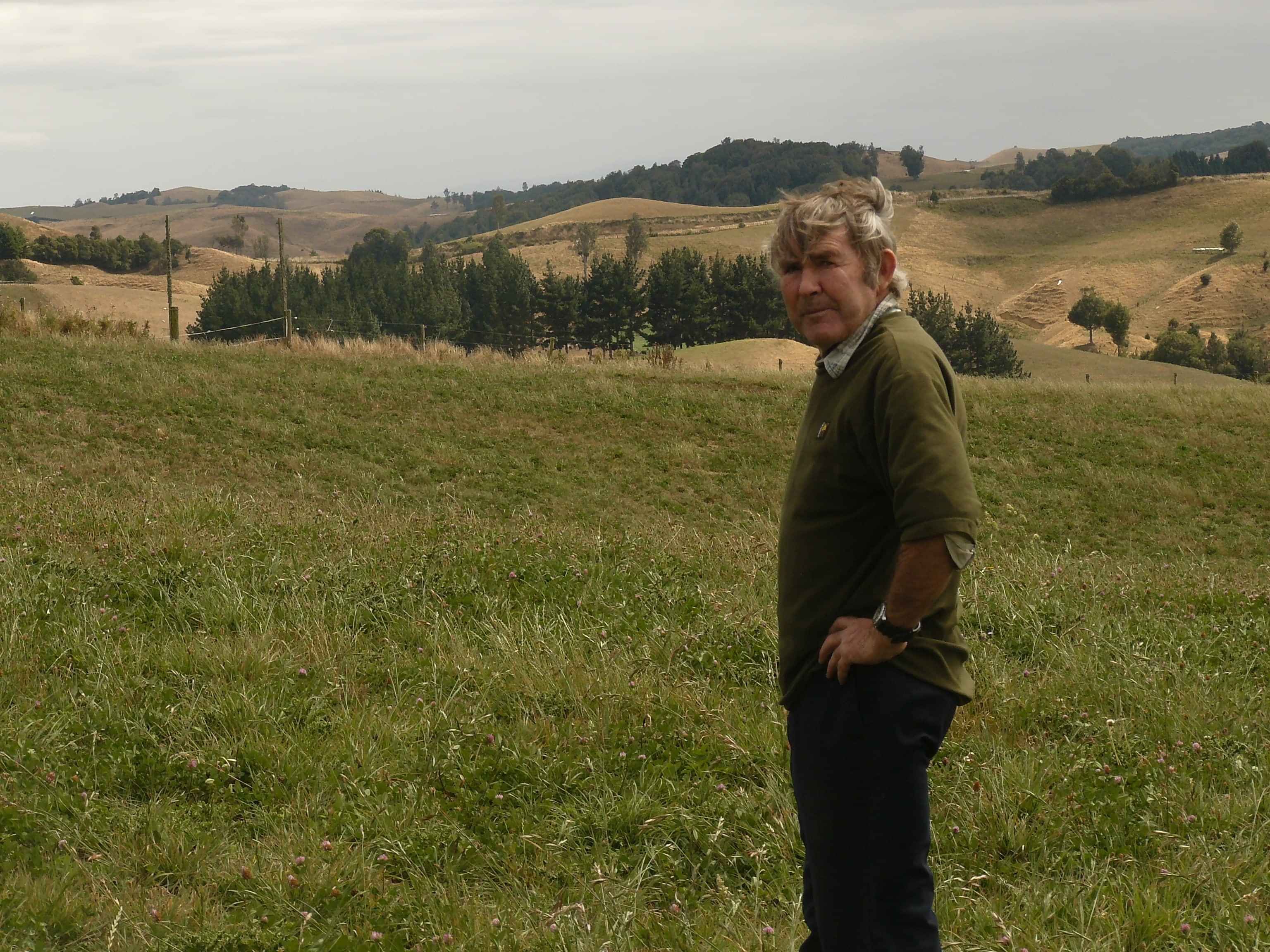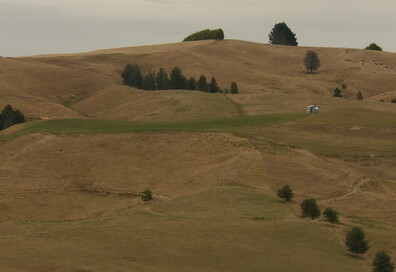New Zealand Has Vast Untapped Potential
October 27, 2016
What is a drought? The traditional sense is defined by a "long period of abnormally low rainfall", but the amount of rainfall, or even irrigation, is arguably less than half the bigger picture: the remainder is capturing and retaining moisture in the soil.
A hilltop paddock not far from Cambridge is a good place to start. In the heart of one of the worst droughts in memory, there grows plentiful pasture in a paddock surrounded by brown, crisp and short feed.
Father and daughter John and Janie Taylor run this family sheep and beef farm in the heart of the Waikato.
Three years ago, they found themselves disillusioned with the mainstream fertiliser approach and began to learn more about soil and nutrition.
"We thought thats got to be the approach we have to take, in terms of feeding the plants to feed the animals, and get a better result around our animal fertility, lambing percentages and all the rest, "Says Janie.
"For forty years or so, its always been a hay paddock, and a silage paddock, so its always had a lot of grass taken off and not fed back onto it", adds John.
"We found the worms don’t like phosphate: when you put phosphate down in the ground, you see the worms all shriveling, trying to escape from the Sulphuric acid.
"Sure reactive rock phosphate is much slower acting, but it lasts for a heck of alot longer. It grows all year round, where as super phosphate gives you a sudden burst of growth, then stops. Thats the way we saw it".
The Taylor’s contacted Hawkes Bay [Qlabs}, to see if a fresh approach would bring fresh results.
Their directive was to establish a high production permanent pasture without the use of sprays or urea.[Qlabs] came calling.
[They] found the paddock, on mairoa ash soils, over run with Californian thistles, and aimed to take it through a crop and then into permanent pasture.[Qlabs] took a series of soil samples, then produced a customised mineral fertiliser programme based on this soil audit which was processed through their Waipawa laboratory. The minerals were formulated to bring all 12 soil essential nutrient elements up to their optimum levels and the paddock was sown in March 2011. The Taylors were advised that a germination period would first have to be endured.
Some weeds came through the first year, but in the second year the pasture "Just went mad," say Janie.
"We've just been amazed at the palatability of the feed. The stock just go mad for it."
With no irrigation, no spray of any sort...no nitrogen, the proof of the pudding is in the eating.

So it may be the time to ask the Taylor’s mob of lambs
"When we shifted the lambs out recently, they were that desperate to get back in they lifted the gate of the hinges and all came back into the paddock again," says John.
The soil is the plants rumen..."If you have a healthy soil,
you have a healthy plant, a healthy animal and a healthy environment...its all interwoven. Soil physics, biology and chemistry: If one fails, it can lead to the failure of the other two.
"The fertiliser programme was specifically designed to grow the type of plants that the Taylors wanted to grow," says Raymond, speaking about the prairie grass and clover mix in the paddock.
...Likewise, there is no one single cultivation technique that can be applied to all soils. They must be treated individually.



